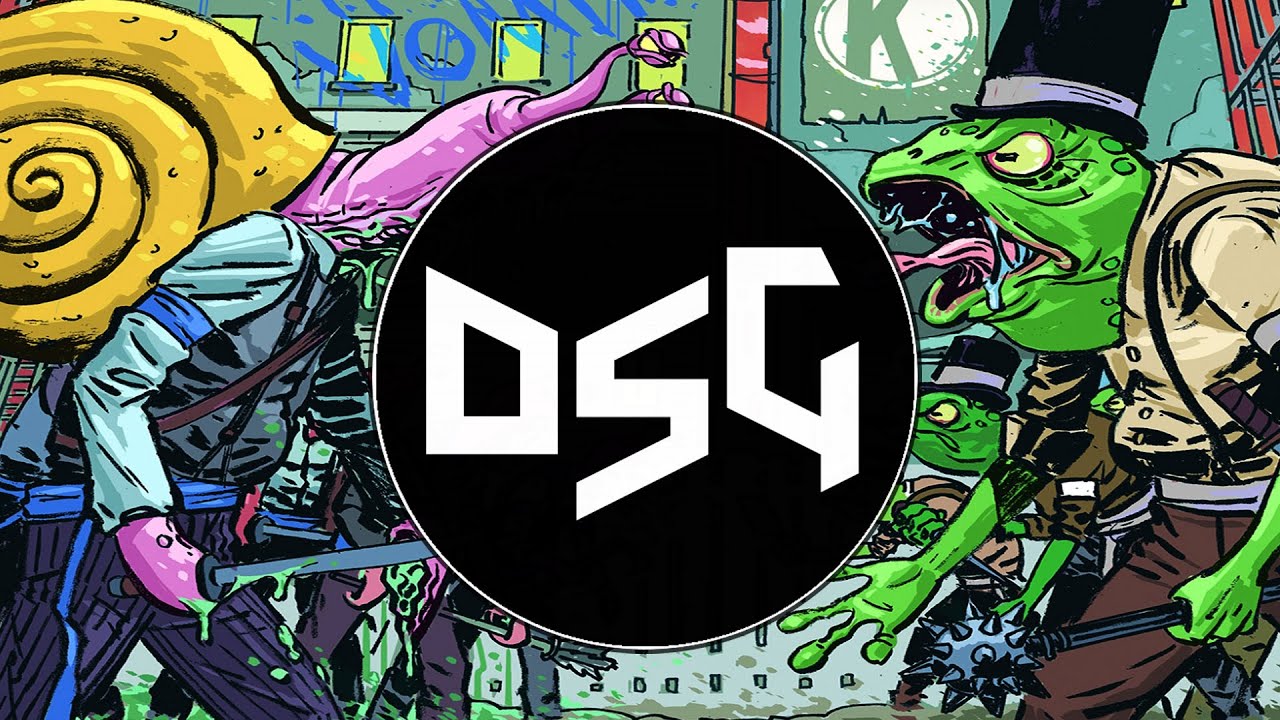I usually draw varying envelope curve sequences for bandpass filter modulation of the cuttoff with either love philter or an envelope controller and sometimes i sidechain the wubs to the kick…and then use high pass filter automation modulating the hp cutoff…then glitch it by automating gross beat time patterns.
I dont use lfo sequences…they are too boring and not fluid enough.
To synthesize the bass i use odd tunings and higher harmonics with messed up phases…and i have one oscillator 1 acting as a wierd lfo while another oscillator 2 is modulating the lfo with some other oscillaters additionally modulating oscillator 2.
In sytrus i use the xy module to make 2 synth patches in one instance of sytrus. I could probably do more but i havent tried…
Ni fm8 you could do a lot more with…but the ui is different…than sytrus…
As for fx…i use vocodex, a scouch of mono chorus, waveshaper distortion and eq to modify the sound…
For resampling i either use a beat slicer of a granular synth fls granular synth chops up transients and you can resequence and modulatr the granular parameters and time stretch…
Harmor i have not mastered its resampling capabilities…and im not spending most of my days at this point generating a bunch of resampled sounds and sifting through whats usable..
Ive had faster results manually chopping up bass samples and modifing them with fx and pitch modding and even using different time stretch algorithms…
Not knocking harmor but its very tricky and very labor intensive to make usuable sounds from it.
If you master harmor more power to you
Basically my approach to dubstep is like the bass should be like a river of water but still have a rhythm while simulatenously changing over time…
Basically in dubstep i treat the bass like how one would treat the drums in breakcore.
And the more complex the sound the more frequency space it will use in the spectrum…
So if you want to use it a musical context…keep it mind you gonna have to cut out the frequencies that clash with other elements in the frequency spectrum.
Also when it comes to sound design gotta balance it out with not making your computer crash when thinking outside the box on how to make a sound…

